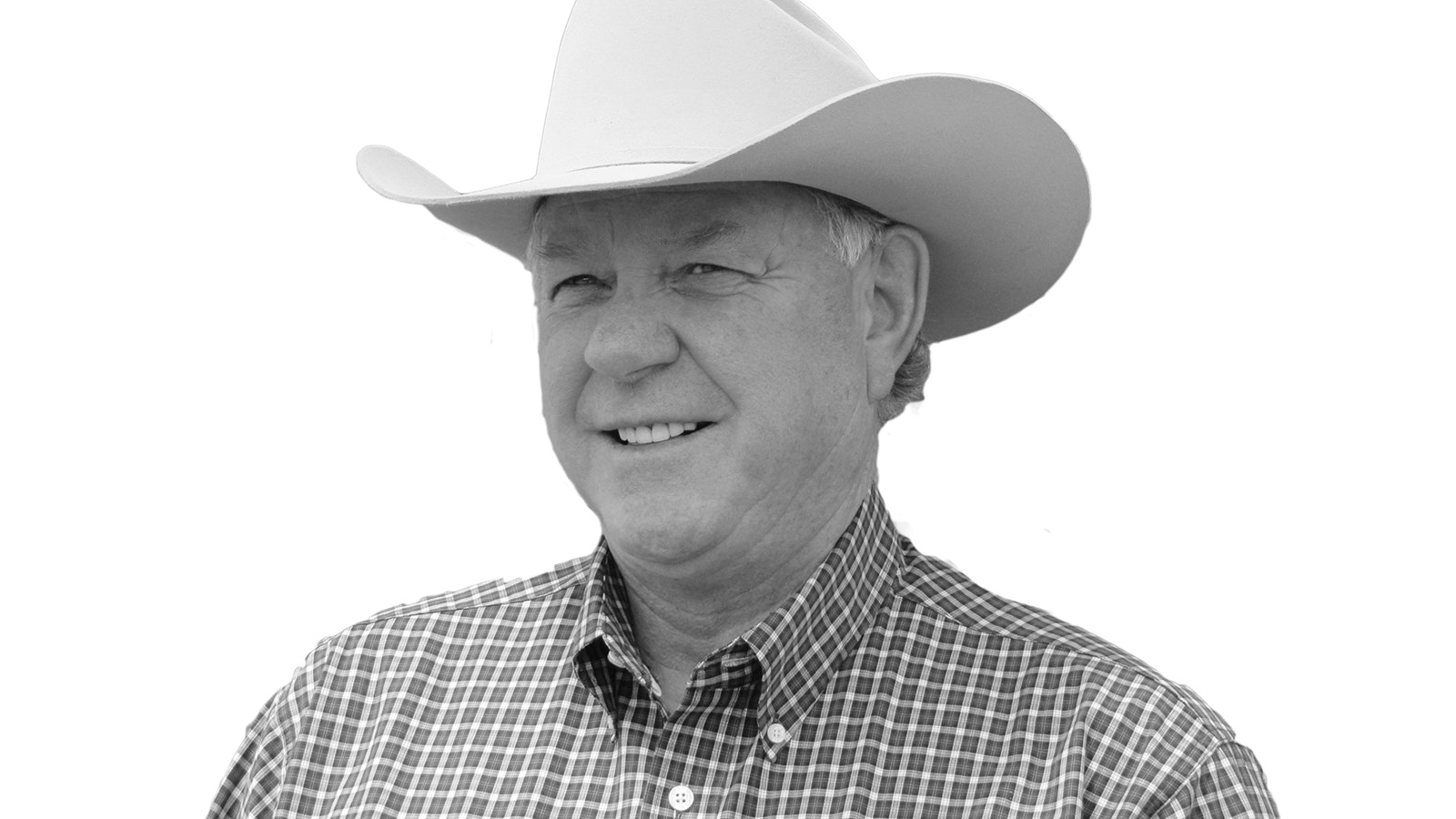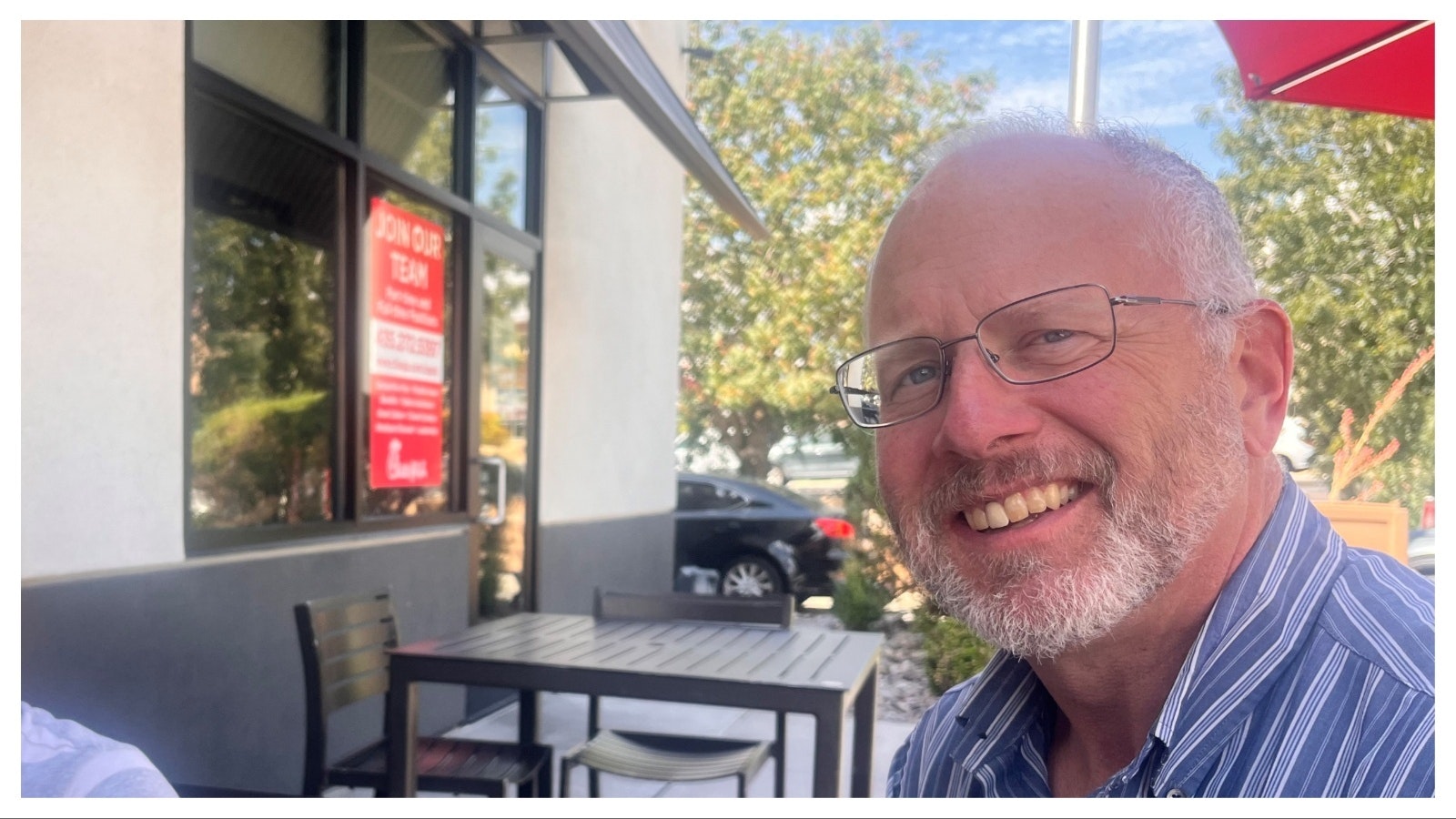I guess it’s never too early to start talking about another legislative redistricting session.
Do I hear some groaning out there?
Redistricting is a burden legislatures must face every 10 years after the federal census is finished.
Their job is to create a map that readjusts the boundaries of House and Senate districts to reflect the changed demographics.
The work is usually bursting with political maneuvering.
The next Wyoming product is sure to contain prison gerrymandering unless the Legislature acts early in this cycle. This process involves the placement of prison inmates within a legislative district, House or Senate.
Although the inmates are convicted felons and cannot vote, they are counted as part of the overall population.
They have been called “Wyoming’s ghost constituents.”
The maneuvering to use prison populations to help or hinder the election of legislators has been going on since redistricting began, apparently with little notice.
It is a terribly unfair policy.
So it is good to see the Prison Policy Initiative take up this issue early on. The initiative is a non-profit think tank based in East Hampton, Massachusetts.
The organization also periodically points out the unusually large number of people we have in Wyoming prisons, which is another issue.
So why is prison gerrymandering allowed? The Census Bureau and some courts have upheld it based on the definition of residence.
But, as the Prison Initiative said in a news release, Wyoming law differs from their conclusions.
The state’s residence statute explicitly states that being incarcerated doesn’t change a person’s residence.
“(A) Residence is the place where a person has a current habitation and to which, whenever he is absent, he has the intention of returning;
“(B) A person shall not gain or lose residence merely by reason of his presence or absence while… [k]ept at a hospital or other institution,” the news release said, quoting Wyoming statutes.
In sum, prison inmates intend to return home wherever they are released.
Another snag that barred a proper count of hundreds of inmates was the difficulty in identifying their legal home residences.
Modern technology and available Census Bureau data solves that problem.
Moreover there is a model bill that Wyoming can use based on the experience of other states that have gone down this path to get rid of an “outdated federal system,” as the group calls it.
Meanwhile, the Census Bureau is starting to help with the effort; more than 200 local governments and a growing number of states have taken action on their own, and the bipartisan National Conference of State Legislatures called this movement the “fastest growing trend in redistricting,” the release said.
Wyoming can now confidently pass legislation to count incarcerated people at home for redistricting purposes ahead of the 2030 census, the initiative release said.
Some states have taken a different route in an attempt to keep legislative redistricting out of the usual scene of private deal making in the halls or bathrooms of the capitol buildings, or in downtown bars.
They have created redistricting commissions. They haven’t worked well in some states because some of their members are elected politicians.
Montana’s commission is full of squabbling and 3-2 votes, according to internet accounts
Virginia’s commission comprised of plain citizens deadlocked on a redistricting plan but got some help from that state’s supreme court to straighten it all out.
A redistricting commission is the next thing to ponder after prison gerrymandering reform.
Contact Joan Barron at 307-632-2534 or jmbarron@bresnan.net





